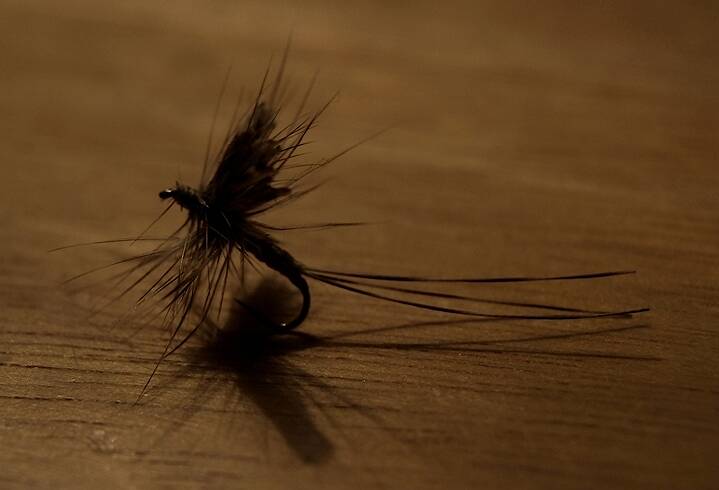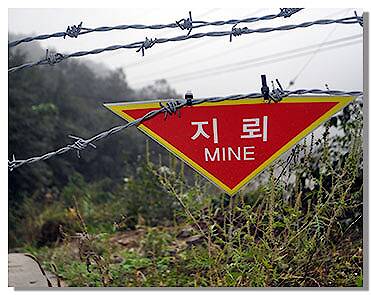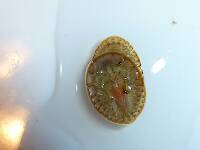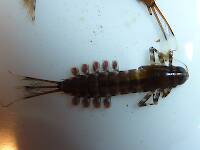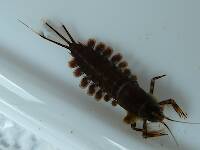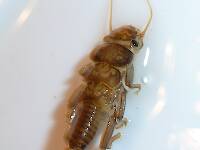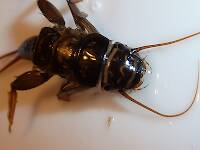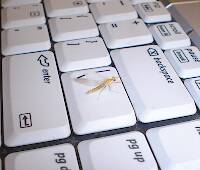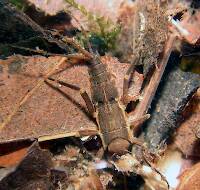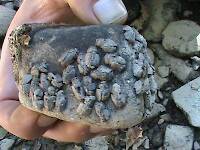
Salmonflies
Pteronarcys californica
The giant Salmonflies of the Western mountains are legendary for their proclivity to elicit consistent dry-fly action and ferocious strikes.
Featured on the forum

Troutnut is a project started in 2003 by salmonid ecologist Jason "Troutnut" Neuswanger to help anglers and
fly tyers unabashedly embrace the entomological side of the sport. Learn more about Troutnut or
support the project for an enhanced experience here.
FisherOfMen has attached these 7 pictures to aid in identification. The message is below.
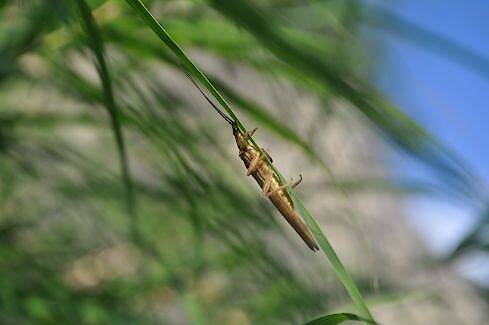
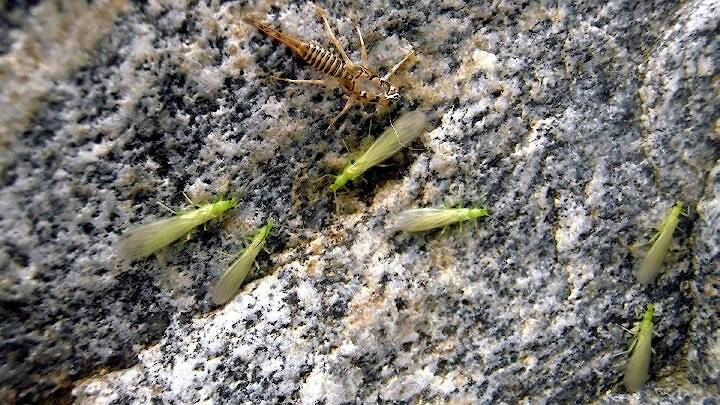
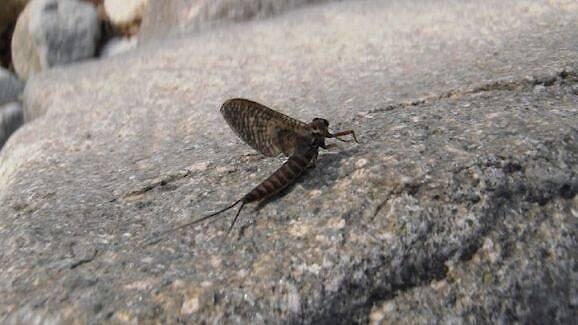
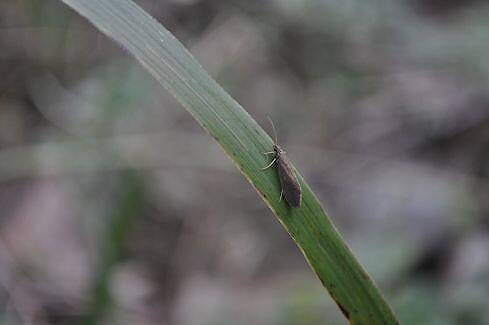
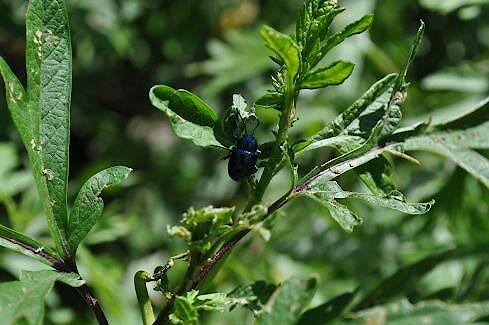
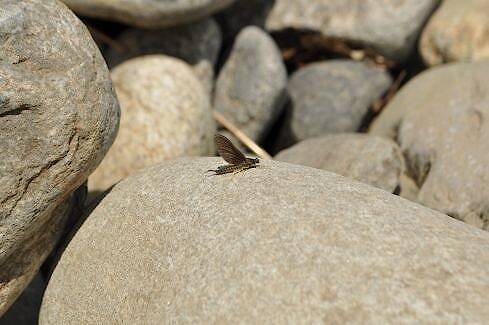
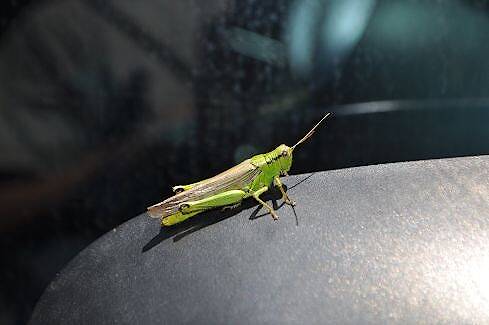
FisherOfMen on Feb 16, 2014February 16th, 2014, 2:43 am EST
I finally found an old guide website! The guide has long since returned to the states... But his site still shows the most common creepy crawlies in this amazing country!
Help!!! Some are obvious... ie grasshopper, but what are the names/best patterns for these bugs? (And likely hatch times?)
Help!!! Some are obvious... ie grasshopper, but what are the names/best patterns for these bugs? (And likely hatch times?)
"Nothing makes a fish bigger than almost being caught." -Author Unknown
All that is necessary for the triumph of evil is that good men do nothing. -Edmund Burke
All that is necessary for the triumph of evil is that good men do nothing. -Edmund Burke
Martinlf on Feb 16, 2014February 16th, 2014, 7:28 am EST
Nick, without exact identifications of each insect and a key for Korea, it may be hard for many of us over here to guess about hatch times. See if you can find a local shop or someone who flyfishes to help you out with that. Basic patterns for upwing mayflies will be an adams for darker bugs and a light cahill for the lighter ones (parachute or catskill design). Or you can use a dark and light comoaradun. An elk hair caddis will cover the downwing caddis, and a foam beetle or hopper will work for the terrrestrials you show. The other bugs at the top, first a tan or brown looking stonefly then a green bodied stonefly, can be covered with a caddis. Just match the body and leave the wing sparse. You can use Google to find the bugs, fly patterns, and tying instructions. Good luck.
"He spread them a yard and a half. 'And every one that got away is this big.'"
--Fred Chappell
--Fred Chappell
PaulRoberts on Feb 16, 2014February 16th, 2014, 7:57 pm EST
Very cool that they are so recognizable, at least by family. Looks like your NA flybox would do find.
Flyfishasia on Jan 28, 2016January 28th, 2016, 5:53 am EST
Hi Folks,
These photos are mine. They were yanked "borrowed" by another poster that found my writing portfolio. I am not the "Old Guide" the "Old Guide James" was a dear friend of mine. I've been guiding in Korea in his footsteps since 2009.
These photos were taken with a Nikon D-90 between April - June in 2012. Some of these photos were used in issue 3.3 in the Fly Fish Journal 2013. You can find the full taxonomical info by locating that issue.
Off the top of my head without latin names they are (1) Giant Oriental Golden Stonefly (2) Tiny Green Stonefly (3) March Brown (4) Caddis of unknown subspecies (5) Jewel Beetle (6) Spring Virgin Mayfly "These are the first mayflies to hatch in Korea of significance in April (7) Common grasshopper sitting on my side view mirror.
I'm glad other people found these photos interesting. If anyone has any questions about the specific and non-general names I used here, I will look them up in my journal and post that information for others to study.
Also for US military ranks E1-E4, I do offer a discount for the younger boys or those just beginning their career in the military. Please have a look at our page here www.flyfishasia.com/korea
Looking forward to warmer weather
- Matt Awalt
Link to the issue with the bugs is below
http://www.theflyfishjournal.com/issue/3.3/feature/THINGS-THAT-GO-BOOM-IN-THE-NIGHT-FISHING-NEAR-THE-KOREAN-DMZ
These photos are mine. They were yanked "borrowed" by another poster that found my writing portfolio. I am not the "Old Guide" the "Old Guide James" was a dear friend of mine. I've been guiding in Korea in his footsteps since 2009.
These photos were taken with a Nikon D-90 between April - June in 2012. Some of these photos were used in issue 3.3 in the Fly Fish Journal 2013. You can find the full taxonomical info by locating that issue.
Off the top of my head without latin names they are (1) Giant Oriental Golden Stonefly (2) Tiny Green Stonefly (3) March Brown (4) Caddis of unknown subspecies (5) Jewel Beetle (6) Spring Virgin Mayfly "These are the first mayflies to hatch in Korea of significance in April (7) Common grasshopper sitting on my side view mirror.
I'm glad other people found these photos interesting. If anyone has any questions about the specific and non-general names I used here, I will look them up in my journal and post that information for others to study.
Also for US military ranks E1-E4, I do offer a discount for the younger boys or those just beginning their career in the military. Please have a look at our page here www.flyfishasia.com/korea
Looking forward to warmer weather
- Matt Awalt
Link to the issue with the bugs is below
http://www.theflyfishjournal.com/issue/3.3/feature/THINGS-THAT-GO-BOOM-IN-THE-NIGHT-FISHING-NEAR-THE-KOREAN-DMZ
- Matt A.
Martinlf on Jan 28, 2016January 28th, 2016, 6:54 am EST
Cool, Matt. Thanks for the update and clarification. We generally discourage blatant advertising, but your informative post and the inherent interest of your operation make your inclusion of your URL acceptable. Hope I get over that way sometime.
"He spread them a yard and a half. 'And every one that got away is this big.'"
--Fred Chappell
--Fred Chappell
Flyfishasia on Jan 29, 2016January 29th, 2016, 8:28 am EST
Martin - I've been following this forum over the years and it's a great resource with loyal users. Thank you for allowing me to post a commercial link. For the guys interested in these bugs, firstly don't tie the blue jewel beetle. It's a pretty but useless pattern.The editors at FFJ just liked that shot I suppose. A regular black deer hair bug works just the same. As for the hot patterns in early spring, The mayfly called the "Spring Virgin Mayfly" is a literal translation from the Korean word. # 37 on the PDF below Cinygmula grandifolia (Tshernova, 1952) or ? (Spring) ?? (Virgin) ?? One Day ?? Living "thing"
In the 6th photo, that mayfly is thought to be the Spring Virgin Mayfly. There are not huge hatches, but there are smaller hatches when bugs can be spotted crawling around, drying off or buzzing. Cinymula grandifolia. For guys interested to tie and it catch successfully, the best imitation I've found is to tie a size #14 -16 Mosquito with using a quill body with a dark yellow dubbing under. It should look a little bulkier than a standard mosquito. Tie it regular and it's hard to see. Tie it as a parachute and it save your eye sight. Another guide pattern is the Quill Gordon in a dark color.
Stonefly& Caddis patterns should be sized down to size #14-18 as the trout here will spook at larger flies. A Stimulator is a good representative attractor to imitate either a caddis or a stonefly.
Hoppers - Late summer / autumn or larger waters next to cornfields. Wait for the afternoon "hell-winds" that rip through the canyons. Fish will eat during bright sunshine with a funky hopper pattern floating alone.
Another thing to consider when fishing clear, sometimes shallow freestone creeks is to use a very long leader and tippet combination. 6x only on cloudy days. With your leader and tippet at 14' / 4.2 Meters. Use Parachutes because the glare can be overbearing. Also helps flies to stay up in the constant bubbles and falls.
Here is a link to a PDF list (partial) but through list of latin names for Korea's mayflies. Many of these don't have any "common" name in English. If anyone has a specific questions about bugs or patterns, I'm happy to share my notes or photos. Just send a PM
- Matt Awalt
http://www.insects.or.kr/research/research01/1405323859.pdf?ckattempt=1
In the 6th photo, that mayfly is thought to be the Spring Virgin Mayfly. There are not huge hatches, but there are smaller hatches when bugs can be spotted crawling around, drying off or buzzing. Cinymula grandifolia. For guys interested to tie and it catch successfully, the best imitation I've found is to tie a size #14 -16 Mosquito with using a quill body with a dark yellow dubbing under. It should look a little bulkier than a standard mosquito. Tie it regular and it's hard to see. Tie it as a parachute and it save your eye sight. Another guide pattern is the Quill Gordon in a dark color.
Stonefly& Caddis patterns should be sized down to size #14-18 as the trout here will spook at larger flies. A Stimulator is a good representative attractor to imitate either a caddis or a stonefly.
Hoppers - Late summer / autumn or larger waters next to cornfields. Wait for the afternoon "hell-winds" that rip through the canyons. Fish will eat during bright sunshine with a funky hopper pattern floating alone.
Another thing to consider when fishing clear, sometimes shallow freestone creeks is to use a very long leader and tippet combination. 6x only on cloudy days. With your leader and tippet at 14' / 4.2 Meters. Use Parachutes because the glare can be overbearing. Also helps flies to stay up in the constant bubbles and falls.
Here is a link to a PDF list (partial) but through list of latin names for Korea's mayflies. Many of these don't have any "common" name in English. If anyone has a specific questions about bugs or patterns, I'm happy to share my notes or photos. Just send a PM
- Matt Awalt
http://www.insects.or.kr/research/research01/1405323859.pdf?ckattempt=1
- Matt A.
PaulRoberts on Jan 29, 2016January 29th, 2016, 8:53 am EST
Matt,
That "Spring Virgin Mayfly" is an Ephemerella that looks for all the world like the N.A. Ephemerella subvaria (Hendrickson) -even the emergence date (early to mid-Apr) is similar.
Neat.
That "Spring Virgin Mayfly" is an Ephemerella that looks for all the world like the N.A. Ephemerella subvaria (Hendrickson) -even the emergence date (early to mid-Apr) is similar.
Neat.
Gilsau on Jul 11, 2016July 11th, 2016, 2:27 pm EDT
Im about to fumigate my house against bugs next month..
Quick Reply
Related Discussions
Topic
Replies
Last Reply
Re: I need your help to get some specimens of Caecidotea (Freshwater isopods).
In General Discussion by Leonardo
In General Discussion by Leonardo
4
Jun 1, 2016
by Crepuscular
by Crepuscular



